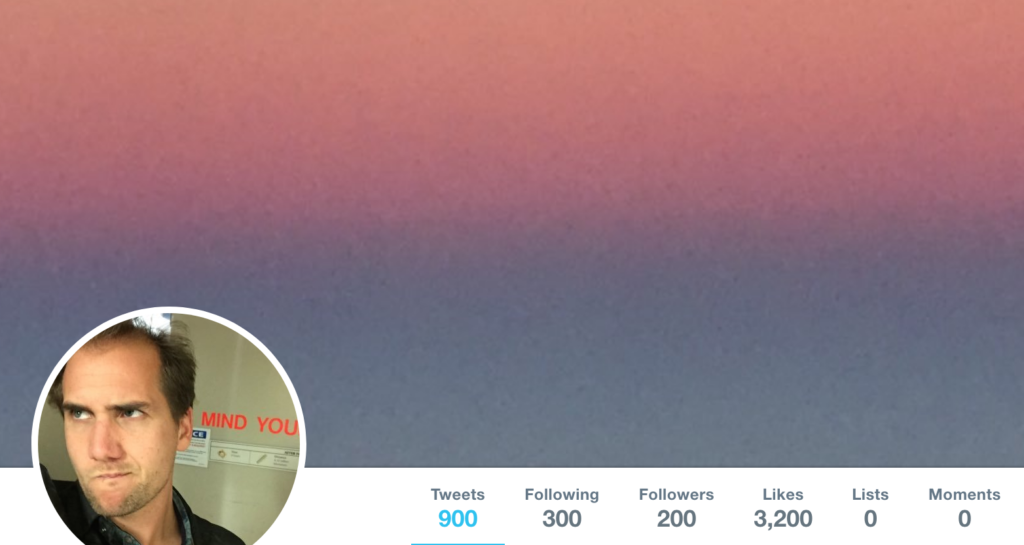I’ve been using Twitter (@awojdyla) more frequently over the last 3 years, finding a lot value in this tool which allows to address a worldwide audience and reach out to people in a very effective way.
Twitter is a very strange medium, in that it can be extremely helpful to reach out to people (the six degrees of separation collapse to one, basically), but whose rules and purpose are hard to understand.
Here’s a few remarks on my experience, and some resources if you’re interested in engaging the tweet game!Twitter for science
The Berkeley Science Review published a set of practices and advice, which are useful to get started:
Toolbox: #Scicomm – Berkeley Science Review
(edit March 2020)THREAD: I’m a scientist and I gained 1K TWITTER FOLLOWERS in FIVE WEEKS. Here’s how I did it. #medtwitter #epitwitter #AcademicTwitter #AcademicChatter #phdchat
— Epi Barbie, DrPH (@karenerrichetti) August 3, 2019
Here’s a book, Twitter for Scientists: t4scientists.com
Caveat Emptor: engagement doesn’t make sense
On Twitter, it is quite difficult at first to gauge the engagement of the tweet sent. For example, this tweet I send in July had only four likes, but was viewed by an incommensurate number of people:
 What one has to understand is that interaction does not begets appreciation. It’s much easier to get likes if you talk about cats or another topic that may elicit personal reaction.The following tweet is the one that earned me the most “likes” (I was quite surprised!) even though the content is fairly poor (well, there’s a subtle ricochet on Jenny Holzer’s Truisms that makes it interesting, but that very arcane…)
What one has to understand is that interaction does not begets appreciation. It’s much easier to get likes if you talk about cats or another topic that may elicit personal reaction.The following tweet is the one that earned me the most “likes” (I was quite surprised!) even though the content is fairly poor (well, there’s a subtle ricochet on Jenny Holzer’s Truisms that makes it interesting, but that very arcane…)
Threads
I very much enjoy Twitter for the creative threads it allows to craft. Here are a few for you:
#FacesOfOptics Are you ready? 1/
— Antoine Wojdyla (@awojdyla) August 21, 2018
Pics of #lablife! Day 1 of the 📷 #blackandwhitechallenge.
— Antoine Wojdyla (@awojdyla) August 9, 2018
7 days. 7 photos of #lablife. No people, no explanation.
Thanks @sineatrix for nominating. I’m nominating @bostanem_ #scicomm #science #bw_photooftheday pic.twitter.com/ITFrY6DtpT
